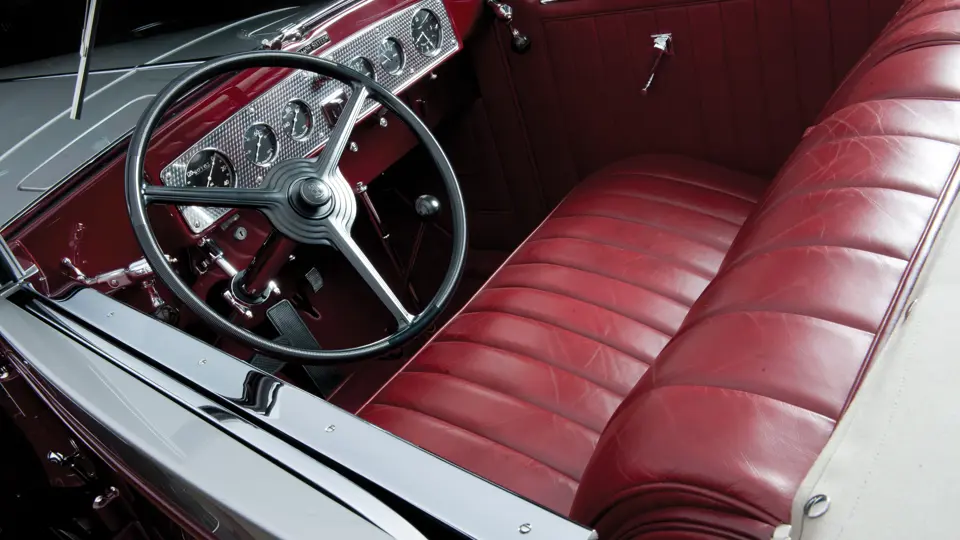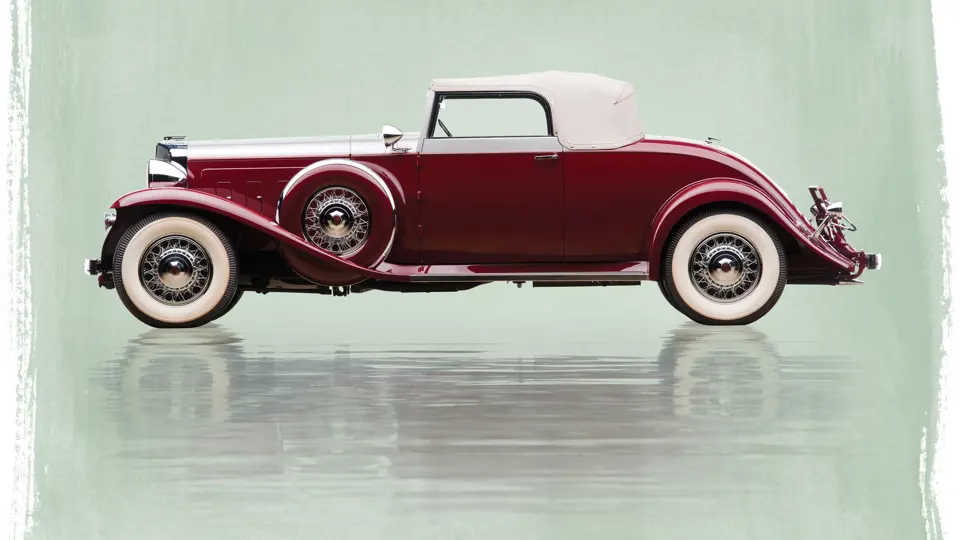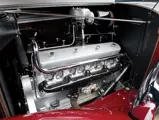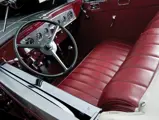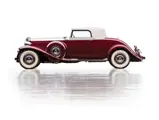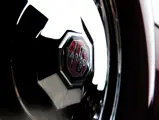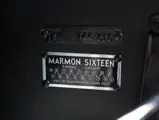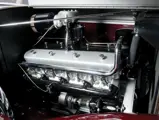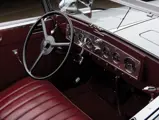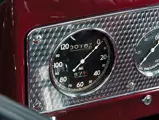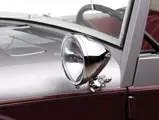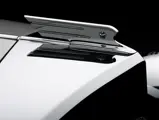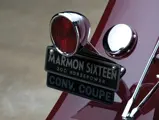
1931 Marmon Sixteen Convertible Coupe by LeBaron
{{lr.item.text}}
$1,320,000 USD | Sold
{{bidding.lot.reserveStatusFormatted}}
- The largest American engine of the Classic Era; a masterpiece
- One of eight known Convertible Coupes
- Beautifully restored by Marmon Sixteen expert Harry Sherry
- Fitted with Ridgley-Severn improved cylinder heads
- Long-term ownership by known Marmon enthusiasts
- Documented by Dyke W. Ridgley’s Marmon Sixteen Roster
200 bhp, 490.8 cu. in. OHV V-16 engine, three-speed manual transmission, solid front axle with semi-elliptic leaf springs, live rear axle with semi-elliptic leaf springs, and four-wheel mechanical drum brakes. Wheelbase: 145 in.
MARMON’S MASTERPIECE
The Marmon Sixteen was introduced in 1931, and it represented automobile pioneer Colonel Howard Marmon’s ultimate, greatest, and most impressive vision for what a luxury car should be. With beautiful coachbuilt bodies by LeBaron and a state-of-the-art overhead-valve engine that could displace over 490 cubic inches, the Marmon Sixteen was capable of 200 horsepower and a top speed over 100 mph. The Sixteen was a triumph of pattern-making and foundry technology, as its all-aluminum engine construction was matched to a chassis that was state of the art, and the model had an unmatched power-to-weight ratio. In fact, the car was reportedly capable of out-accelerating a Duesenberg Model J, yet it cost buyers only one third as much. This was something that no doubt embarrassed Marmon’s Indianapolis neighbor.
Credit for the Sixteen’s styling is often given to industrial design legend Walter Dorwin Teague Sr., but it was, in fact, his son, Walter Jr., who penned the beautiful lines that ultimately entered production. Dorwin, as he was known, was a student at MIT and a gifted designer in his father’s mold. He envisioned a sleek and graceful car that was completely devoid of gratuitous ornamentation and characterized by simple shapes, with a bold beltline, low roofline, and raked windshield. Particularly noteworthy were the fenders, which had an understated skirting in the front that served to hide the working components of the suspension and chassis.
Unfortunately, Cadillac’s own V-16 beat Marmon to the market by almost two years, stealing the thunder of what otherwise would have taken the automotive world by storm. Also, Howard Marmon lacked a deep-pocketed backer like General Motors to help his company survive the Great Depression. The writing was on the wall, and the end came quietly in 1933. The Sixteen was the final production Marmon automobile, but it was also the car that ensured that this great company—the winner of the first Indianapolis 500 in 1911—would be remembered for its exploits on the road as well as the track.
Dyke W. Ridgley, of the Marmon Sixteen Roster, estimates that between 370 and 375 Sixteens were produced. Of the seventy-six known survivors, only eight are convertible coupes. It is no surprise, then, that this particularly desirable and sporty body style almost never comes available for sale.
CHASSIS NUMBER 16 144 705
The Convertible Coupe offered here, chassis number 16 144 705, has been thoroughly documented by Mr. Ridgley’s Marmon Sixteen Roster. It has long-term history in the Denver, Colorado, area, where it is believed to have resided in the possession of several early enthusiasts from as early as 1948. Eventually, it was purchased in 1963 by William E. Carney, of Shawnee, Kansas, but by the early 1970s, it had returned again to Colorado, this time in Yuma, where it was purchased by Oliver Kofoed from a fellow enthusiast in 1972.
Mr. Kofoed began a restoration of the Convertible Coupe, but he did not complete it before selling the car to Robert Atwell, of Kerrville, Texas, in the late 1980s. Mr. Atwell was one of the preeminent Southwestern enthusiasts of his era. He was particularly fond of Marmon Sixteens and had assembled the world’s best collection of the cars, one that represented virtually every body style. Most of his cars, including this Convertible Coupe, eventually passed to his son, Rich Atwell, who continued the restoration of chassis number 16 144 705 before selling it to another well-known Sixteen aficionado, Marvin Tamaroff of Southfield, Michigan, in 1998.
It was fortunate that Mr. Tamaroff then chose to have the Convertible Coupe’s restoration completed by his favored restorer, Harry Sherry of Warsaw, Ontario. Mr. Sherry, although now retired, was for many years the world’s foremost Marmon Sixteen restorer, known for his expertise and exquisite level of craftsmanship and detail. He restored this car in its present sparkling maroon and silver livery, with a contrasting maroon interior and grey soft-top.
Typical of Mr. Sherry’s restorations, the car is outstanding and has aged almost flawlessly, with only the slightest signs of age. Since 2007, it has been carefully maintained in its present home in the Andrews Collection, as the last and best of several Sixteens that Paul and Chris Andrews have owned and enjoyed over the years, and it is still in superb cosmetic and mechanical condition. It wears Classic Car Club of America Senior badge number 2379.
It should also be noted that this Marmon has a new set of cylinder heads installed, as part of a project undertaken by Dyke Ridgley and Gary Severns. These two enthusiasts reverse-engineered the cylinder heads and arranged to produce new ones for these cars through the utilization of the latest techniques in metallurgy. Although they are 100% correct externally and feature the best American castings by Edelbrock, as well as final machining by Carroll Shelby Enterprises, these cylinder heads are fully modern internally and have extra corrosion protection and strength. They also incorporate minor changes that add even more power to the already high-performing Sixteen.
This car is a splendidly restored example of perhaps the most desirable factory Marmon Sixteen style, and it has benefitted from the ownership of some of the most prominent names in Sixteen connoisseurship: Atwell, Tamaroff, and Andrews. It is the ideal choice for any enthusiast who wishes to complete his or her collection with one of the great engineering masterpieces of the Classic Era.
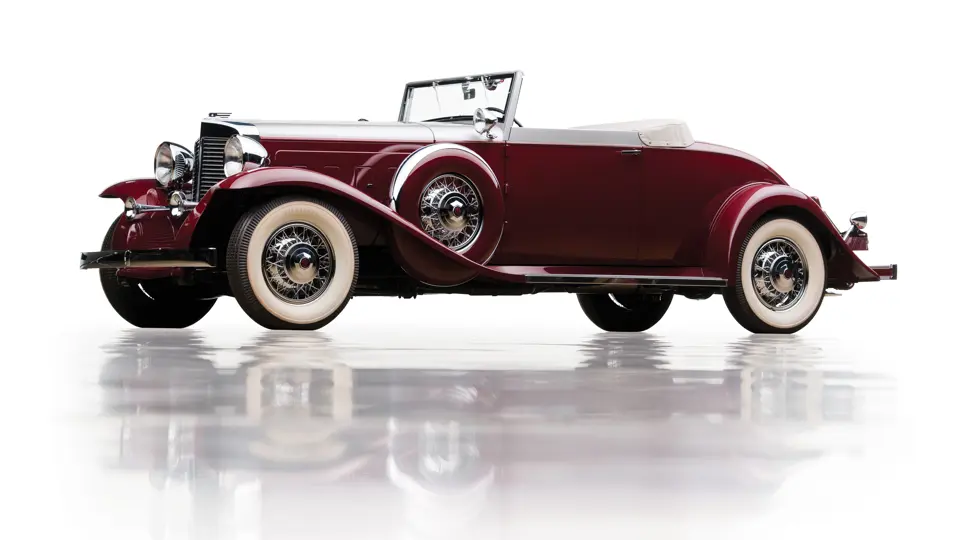



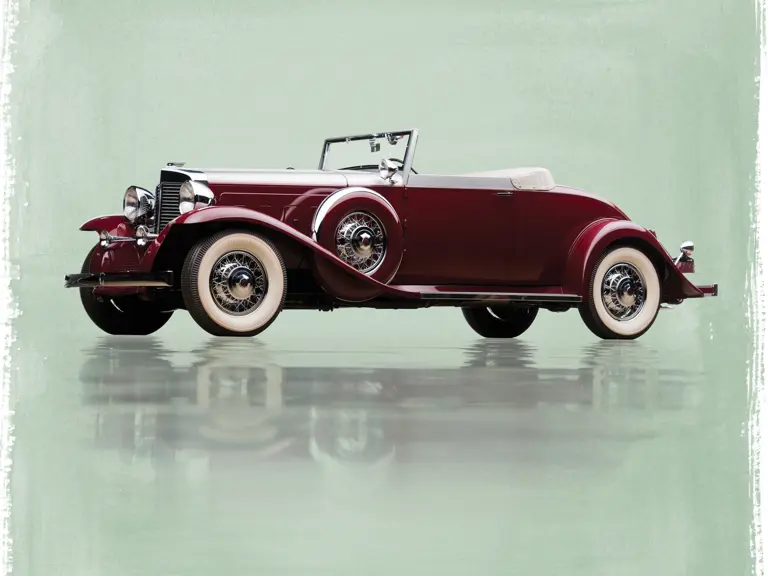
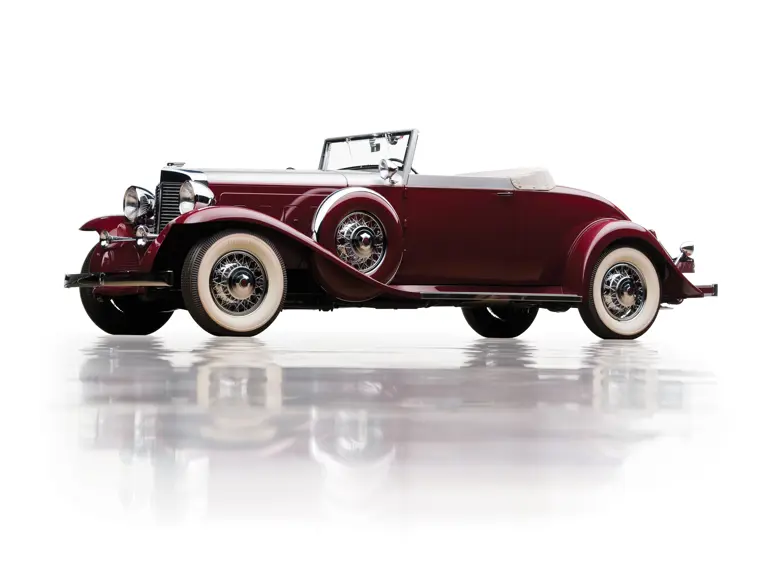

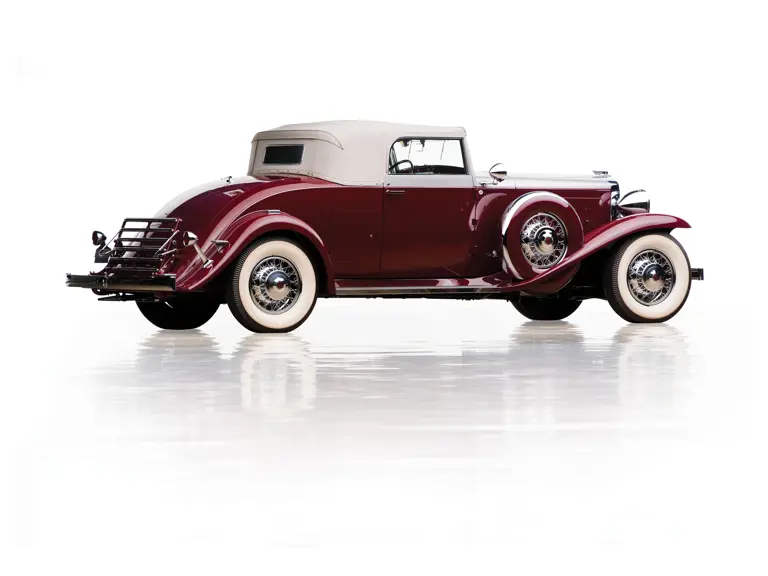
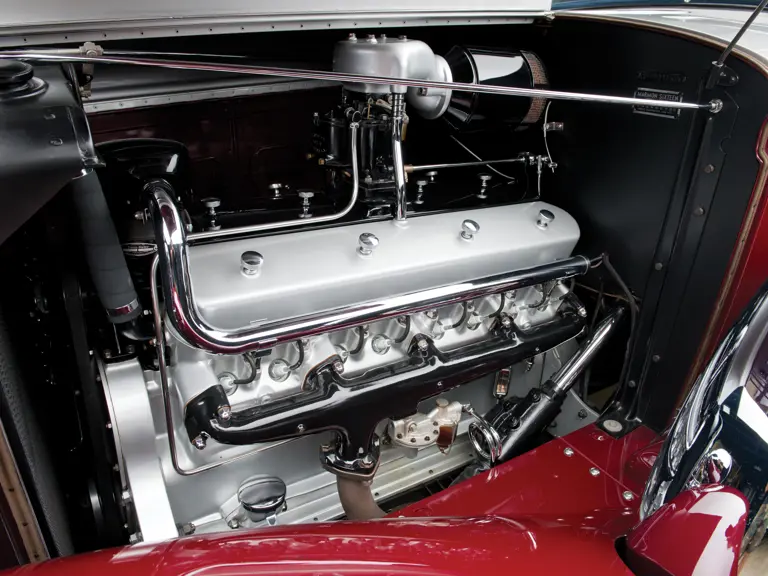
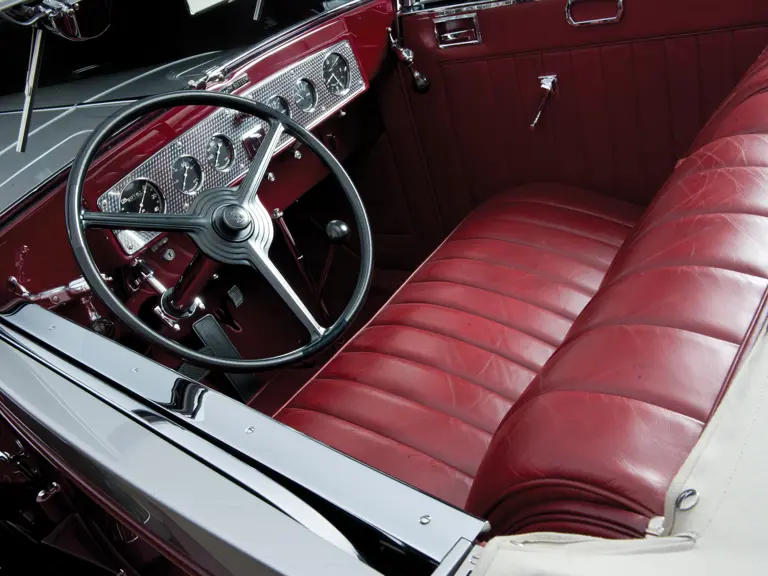
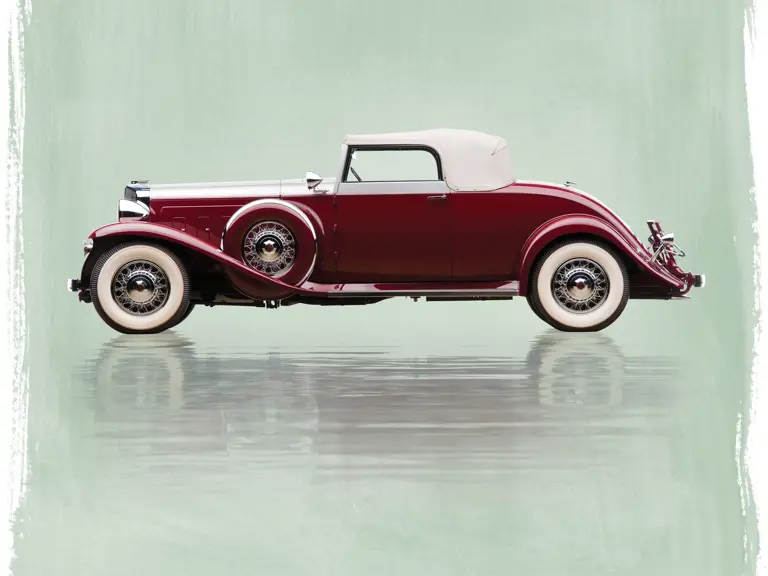


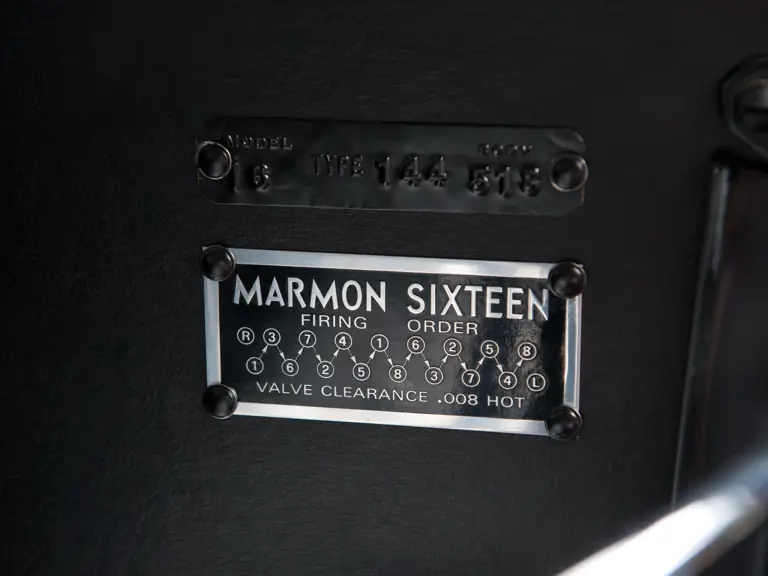
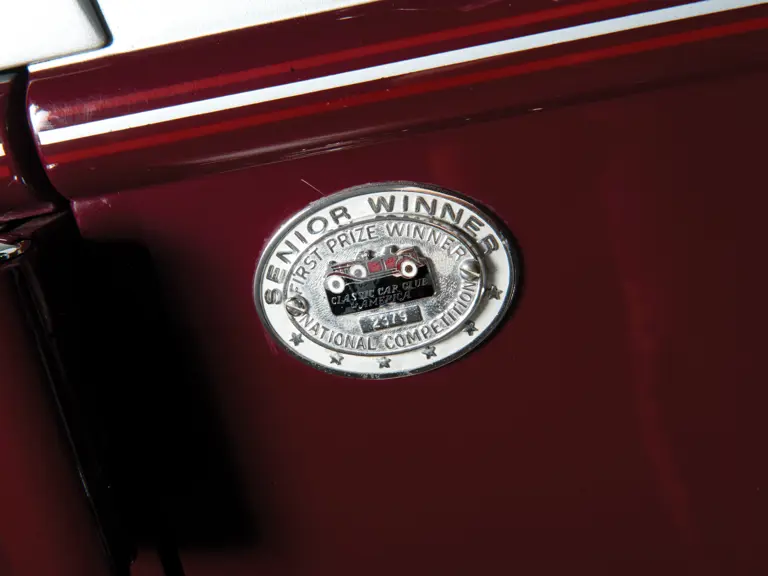
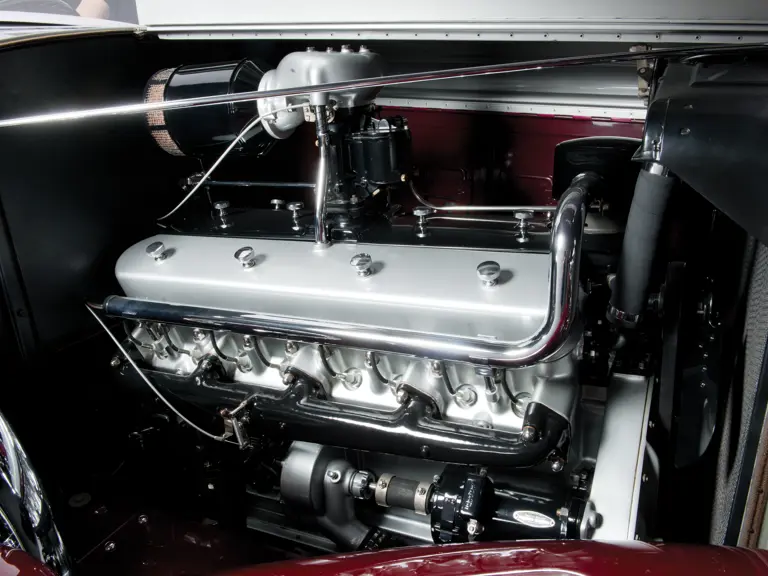
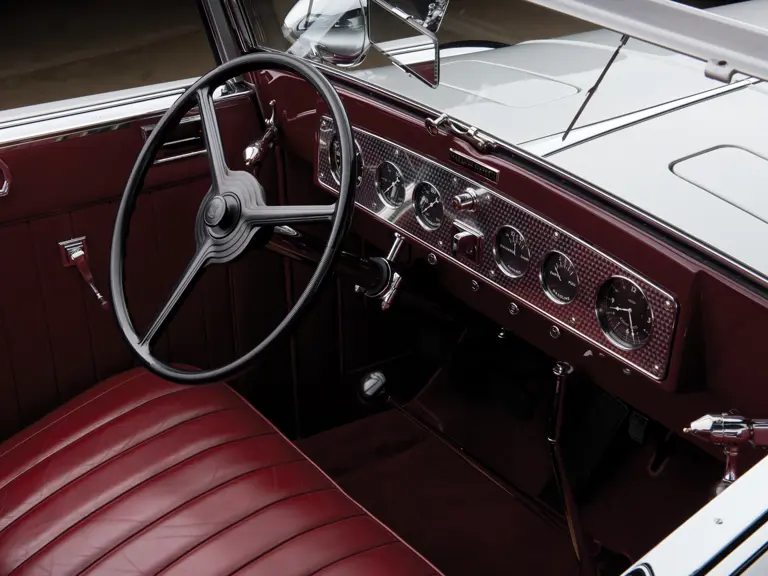
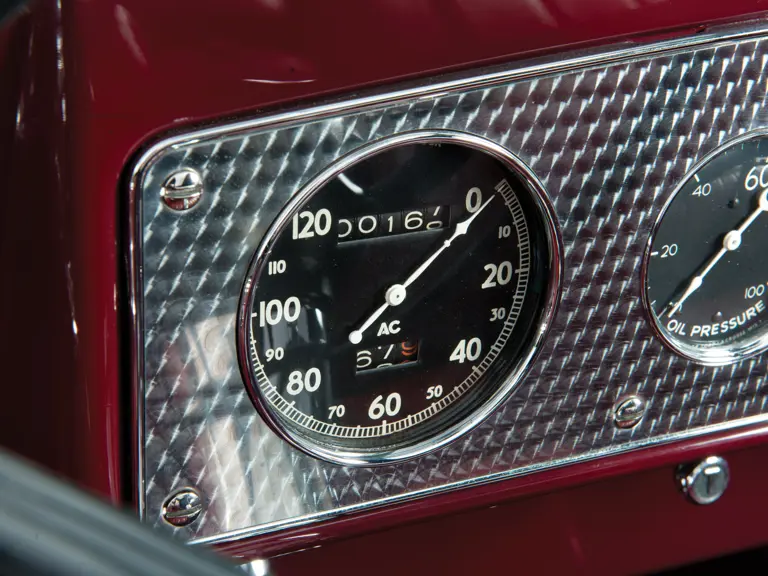


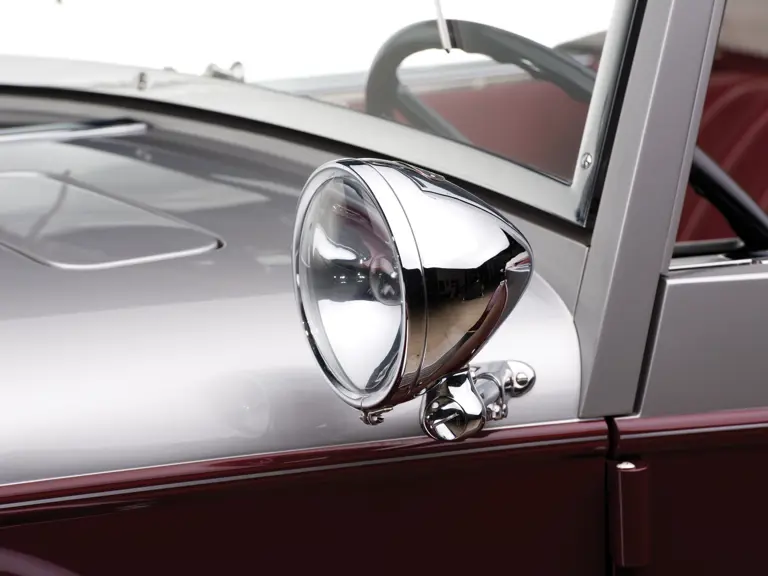


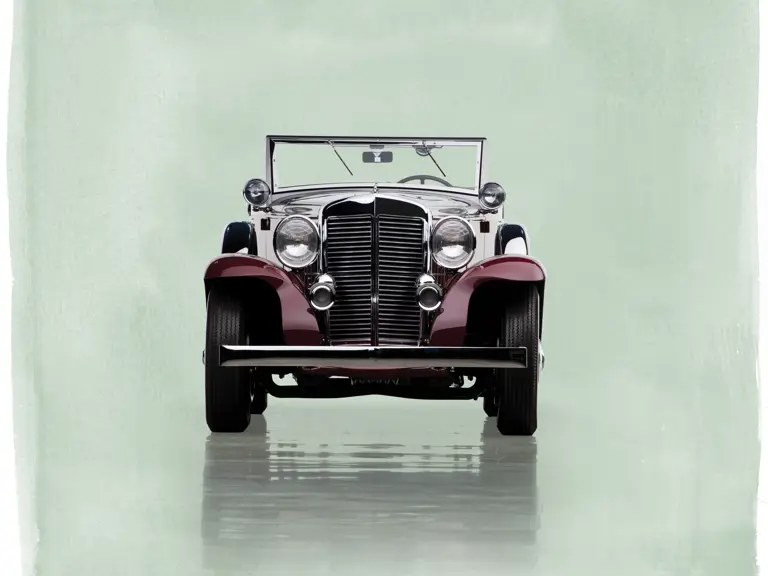
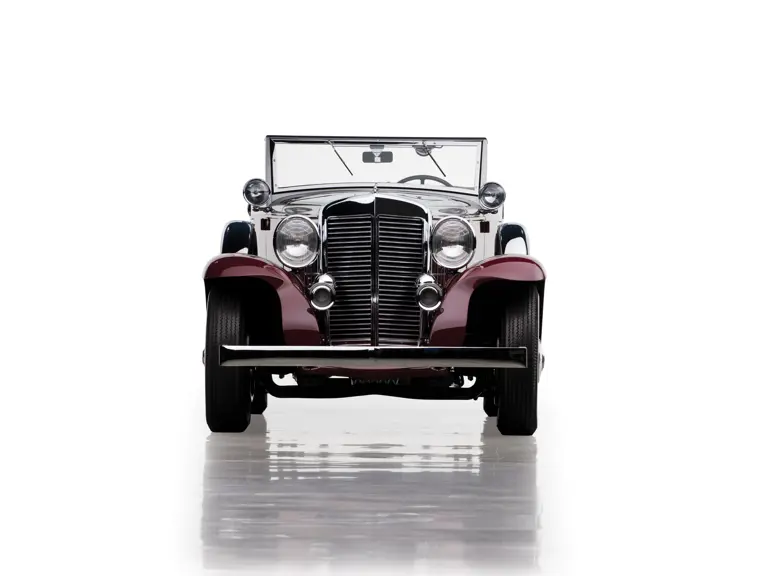
 | Fort Worth, Texas
| Fort Worth, Texas

